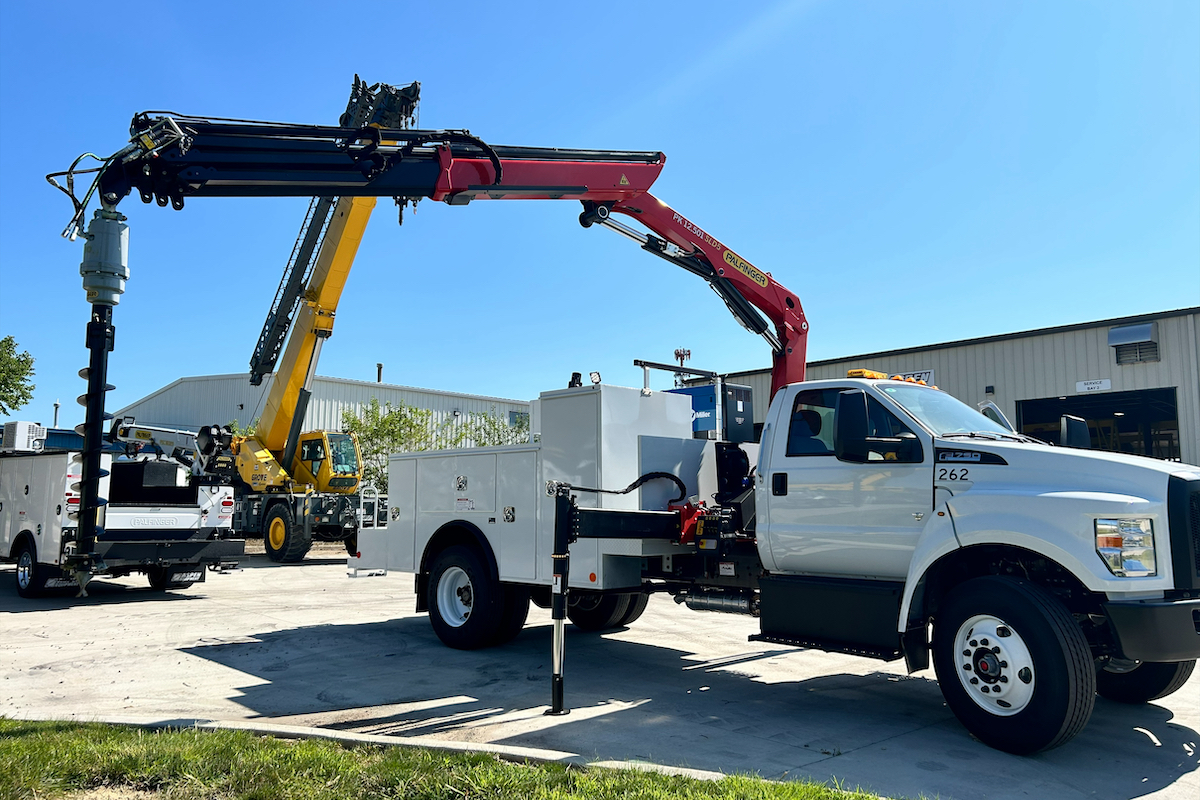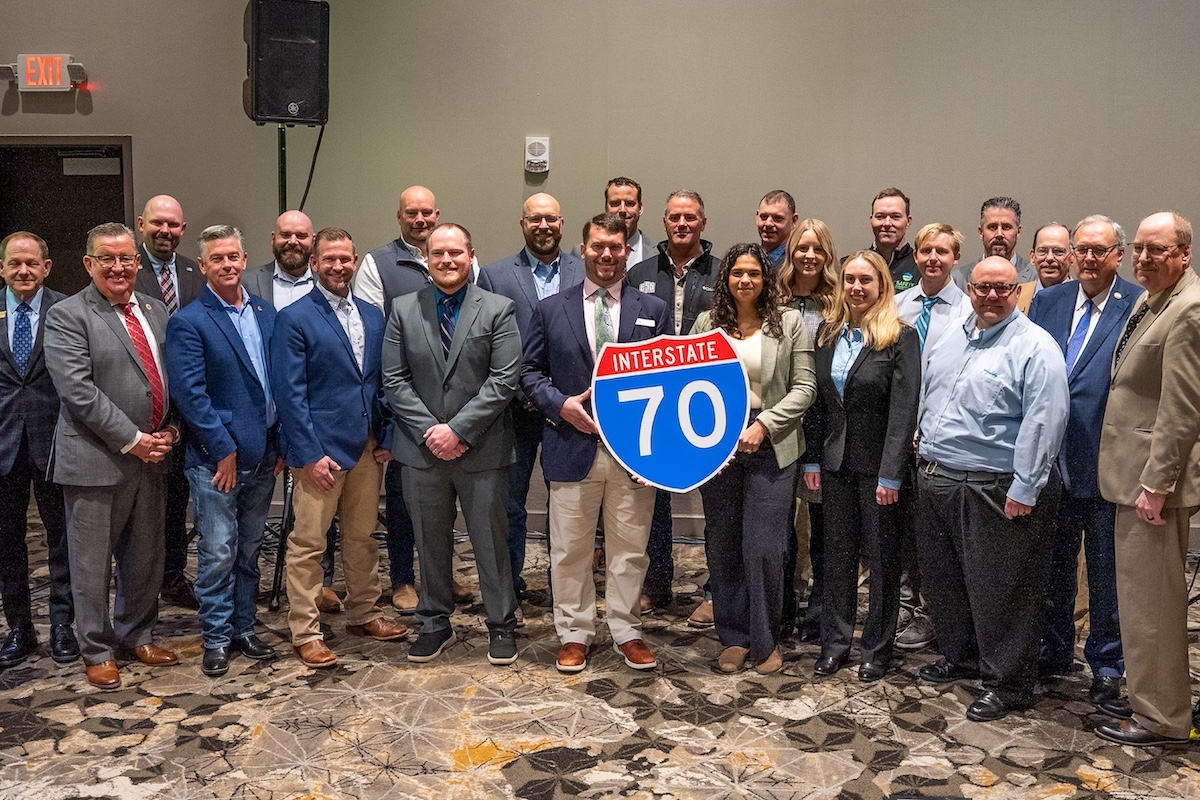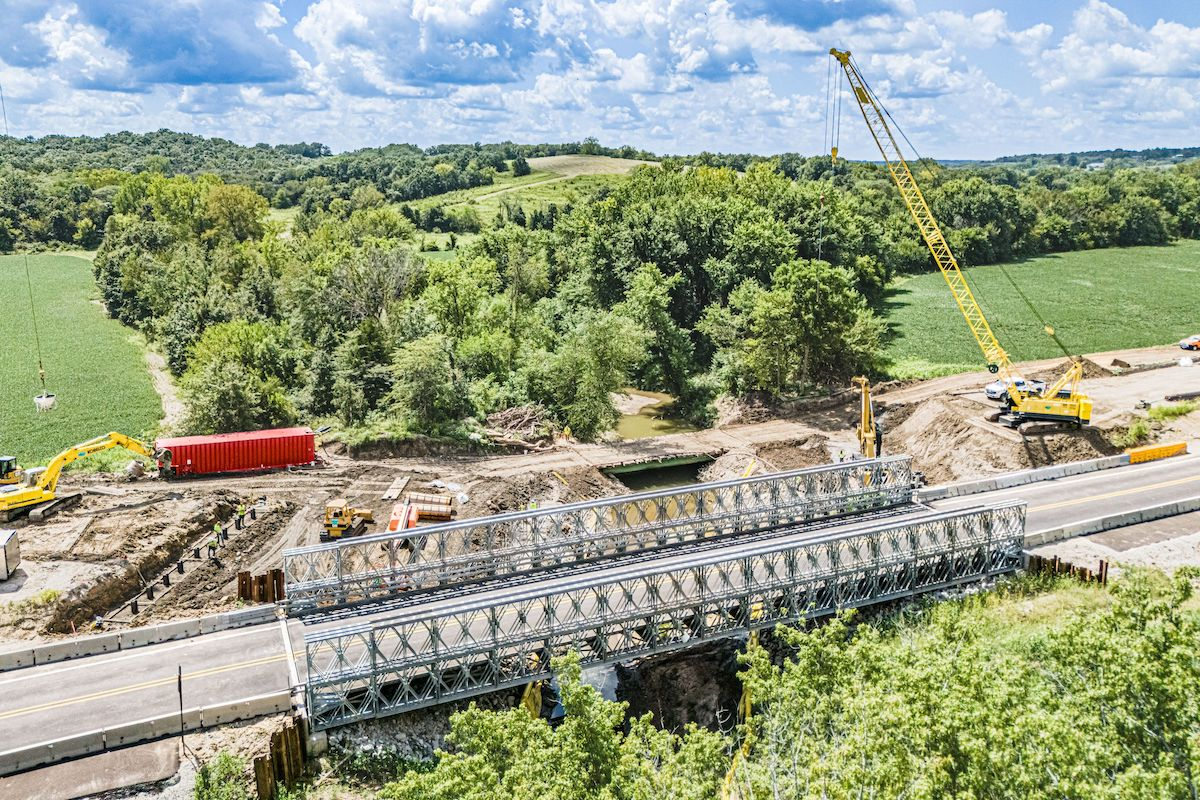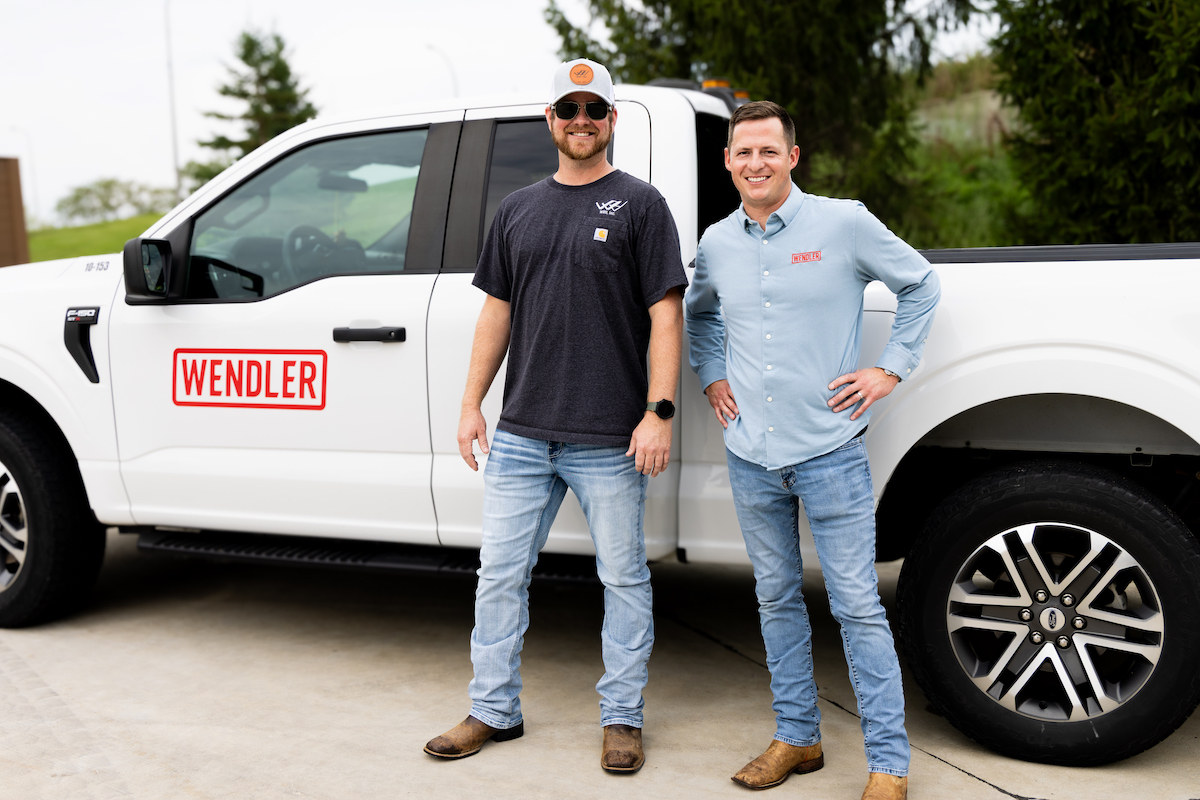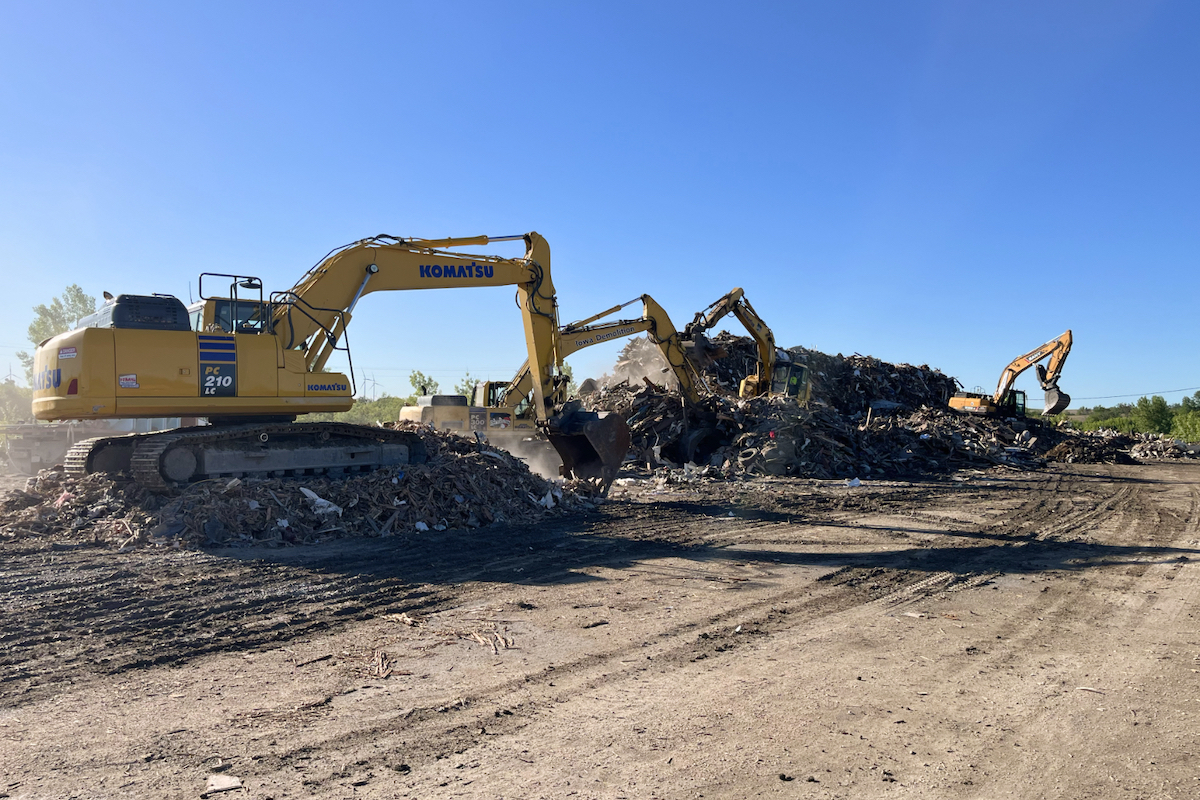Comer Contracting applied chip seal fortified with crumb rubber modifier (CRM) to Jackson Hill Road, an important thoroughfare passing through the center of this community of 4,200 in the south-central part of the state. Designated as a collector road in the town’s Plan of Conservation and Development (POCD), Jackson Hill Road has an annual daily average traffic count of 3,500, according to a 2010 study. Like 90 percent of the town’s 35-mile road network, Jackson Hill Road has a pavement comprised of an unknown number of chip seal layers.
“Those roads have been chip sealed at least a half-dozen times, so the combined material thickness might be 5 or 6 inches, and they were bleeding asphalt through. In addition, Jackson Hill Road had lots of wheel ruts. The road wasn’t straight from center line to shoulder. It had too much crown – too much material in the middle. Motorcycles couldn’t stay in the right lane. So the road had to be flattened out first.”
Wickam said they were looking for a pavement preservation treatment that provides more durability and longevity than the regular chip seal. He said they decided to try asphalt rubber chip seal after a number of discussions about the process with Martin Comer, a registered professional engineer, and President of Comer Contracting based in Newington, Connecticut.
This was the first time that Wickham had seen this process carried out. “I noticed it called for a lot more precautions than a regular chip seal, especially the temperature of the asphalt. It was very hot,” he said.

| Your local Topcon Positioning Systems Inc dealer |
|---|
| Star Equipment LTD |
Comer is so confident of the future of asphalt rubber product that he bought an asphalt/rubber blending plant, which has supplied the material for both state and municipal projects. To qualify as asphalt rubber, the blend meets requirements of ASTM International, the organization that develops and publishes voluntary consensus technical standards for a wide range of materials, products and systems. According to ASTM standards, the material must be a blend of asphalt cement, reclaimed tire rubber, and certain additives in which the rubber component is at least 15 percent by weight of the total blend. Moreover, the material has to react in the hot asphalt cement sufficiently to cause swelling of the rubber particles.
The recycled tire rubber used for the blend is classified as crumb rubber modifier (CRM) because of its small size. The asphalt cement and CRM are mixed and interacted at high temperatures and continuously agitated in storage.
In a SAM application, a hot asphalt rubber binder is sprayed on the existing pavement surface followed immediately by an application of uniform sized cover aggregate, usually ranging between 3/8 and 1/2-inch. The aggregate, which has been pre-coated with a light application of performance grade asphalt, is rolled and embedded into the binder membrane.
Comer has placed asphalt rubber chip seal for the Connecticut Department of Transportation on state-owned roads and also for municipal roads in a number of towns.
Comer Contracting, Inc. performed pavement leveling and the application of Asphalt Rubber Stress Absorbing Membrane (SAM) for the restoration of Jackson Hill Road. The existing pavement consisted of multiple layers of conventional chip seal and had significant rutting and flushing of liquid asphalt. Leveling was performed to improve ride quality, fill ruts, and act as a barrier against flushing. This was followed by the application of asphalt rubber chip seal. This type of treatment was selected because of its resilience to reflective cracking, ability to allow rapid return of traffic, and performance on high traffic roadways.

| Your local Takeuchi Mfg Ltd dealer |
|---|
| Star Equipment LTD |
| Kirby-Smith Machinery |
Pavement levelling was a three-day process during which Tilcon’s Wallingford plant supplied about 1,200 tons of 3/8-inch dense graded bituminous concrete containing 20 to 25 percent recycled asphalt pavement (RAP). Comer placed the hot mix asphalt (HMA) using a Weiler P385 Paver equipped with Topcon Grade Controls. HMA was hauled to the jobsite by three Volvo VHD trucks and one Mack Granite truck. All trucks were outfitted with Etnyre Falcon Livebottoms. The contractor performed compaction using two steel drum rollers – an Ingersoll Rand DD70 and a Wacker Neuson RD27.
The hot material was delivered to the jobsite by two insulated, heated and agitated Etnyre 5,000 gallon mixing trailers. At the job, the asphalt rubber blend was transferred to two Volvo VHD triaxles with Etnyre 4,200 gallon distributors.
Rob Comer pointed out that the Etnyre distributors have the capability to automatically clear fouled nozzles during the spraying operation.
The distributors sprayed the liquid asphalt rubber binder on the roadway at the rate of .55 to .60 gallons per square yard. Tilcon made daily deliveries of the cover aggregate – a 3/8-inch single-sized trap rock stone that had been heated and precoated with 0.3 to 0.5 percent PG 64-22 binder.
An Etnyre “Big Chipper” Quad Chipspreader with 10- to 20-foot-width capability broadcast the cover aggregate on the roadway at the rate of 30 pounds per square yard. Comer used the same Livebottom trucks that were used for levelling paving, to deliver cover aggregate to the chipspreader. Rolling was performed by two Hypac C530AH 9-Wheel Rubber-Tire Rollers with a static weight of 9 tons. After the chip seal had been rolled and cooled sufficiently, Mobile M9 and Challenger MT4H Sweepers were used to remove excess aggregate, and traffic was allowed back on the road.
In commenting on the finished roadway, Martin Comer said of the asphalt rubber chip seal application, “I think it will provide a tougher and smoother riding surface, and even allow for better snow removal. This road should get 10 years out of it.”

| Your local Iowa Mold Tooling Co Inc dealer |
|---|
| Star Equipment LTD |
Photos courtesy of John Giammatteo



















